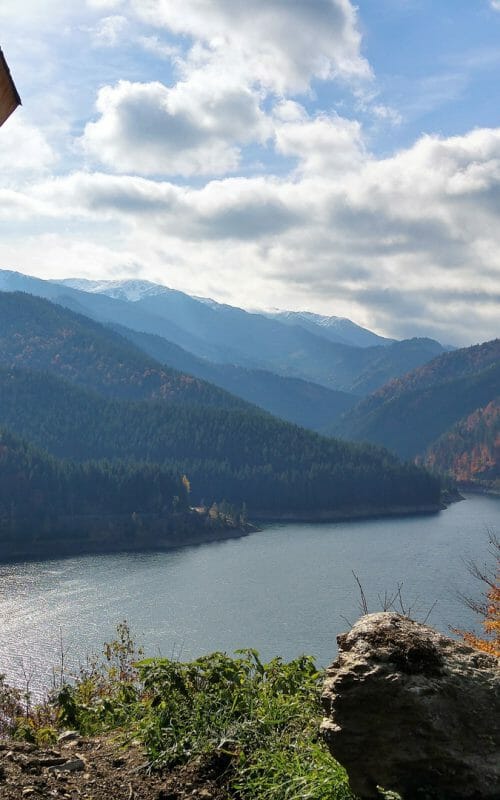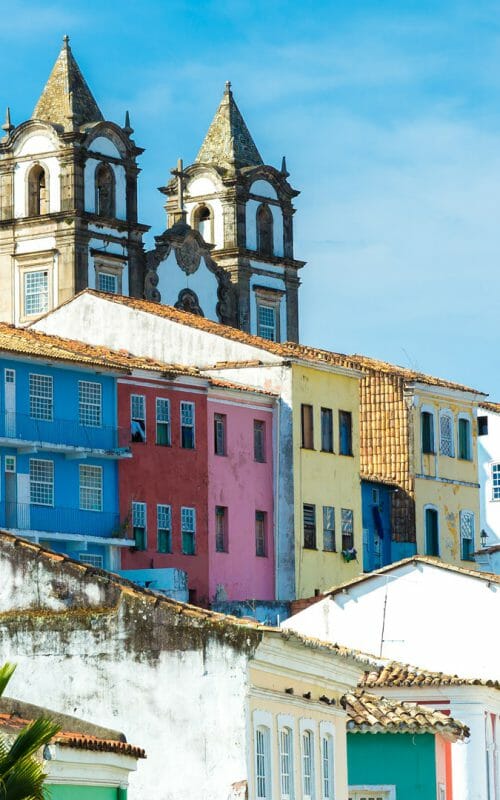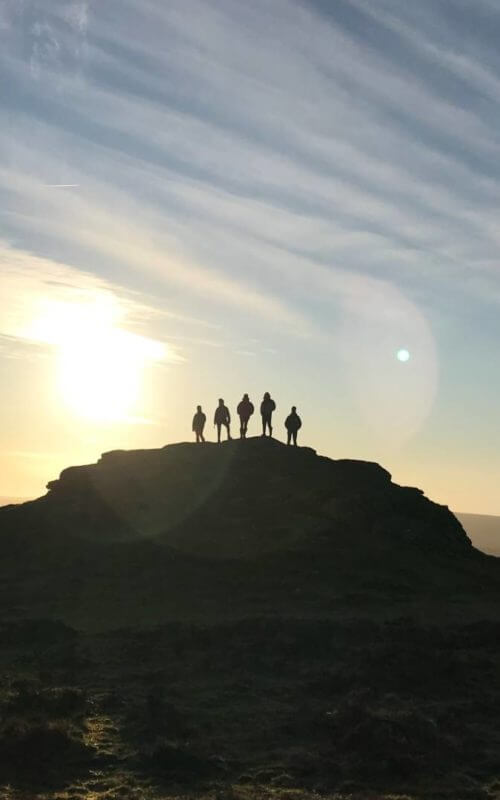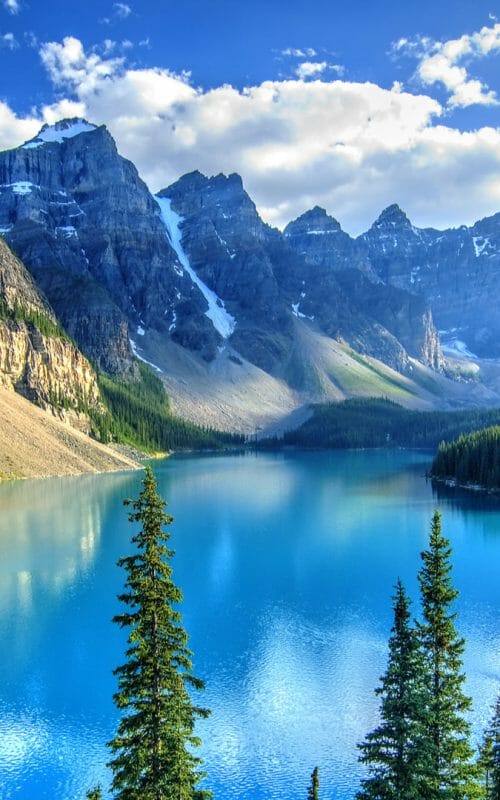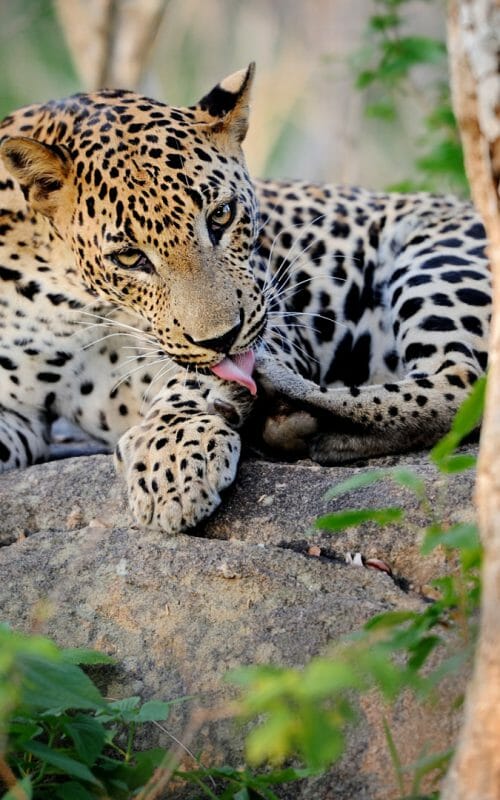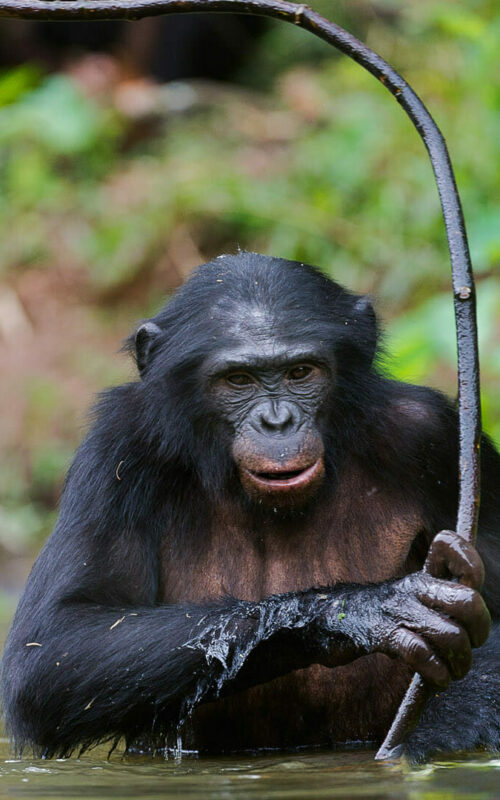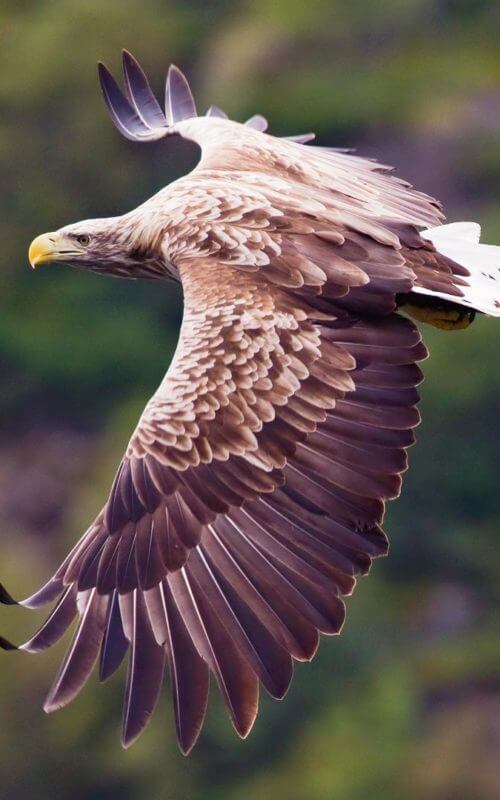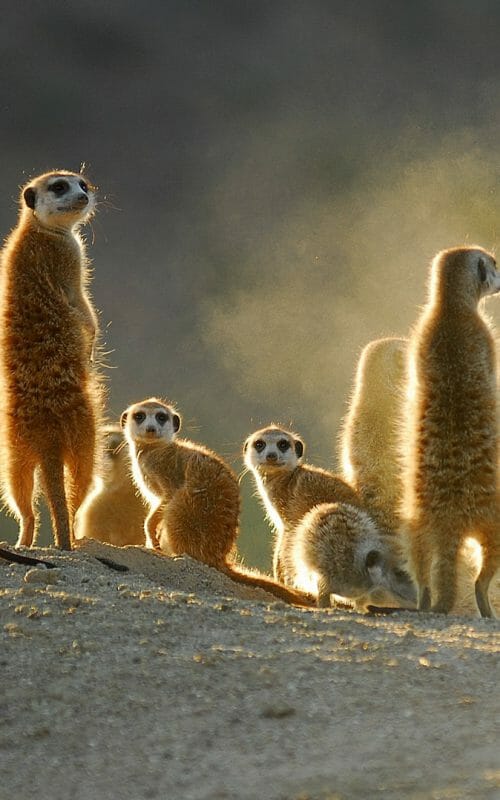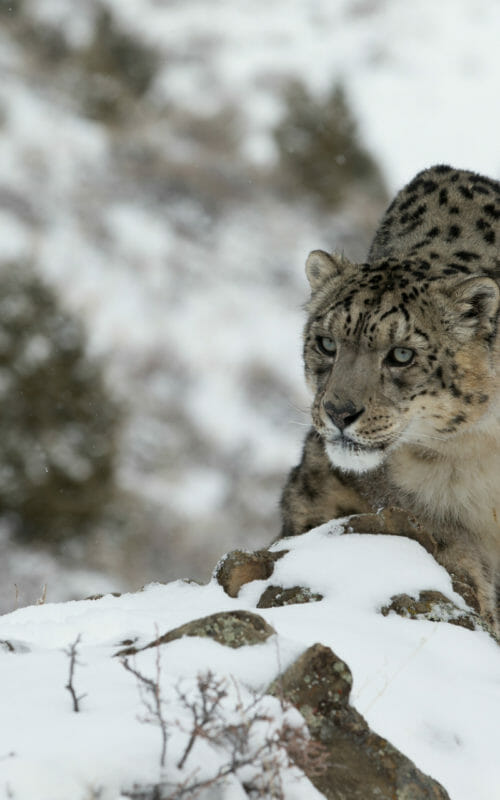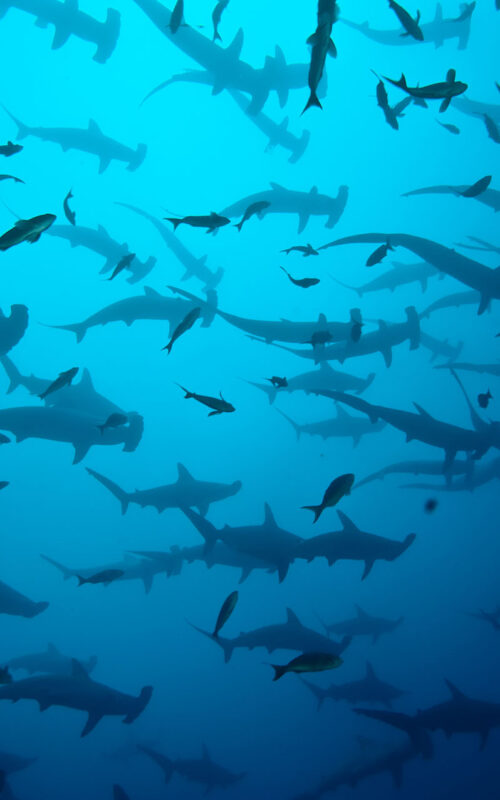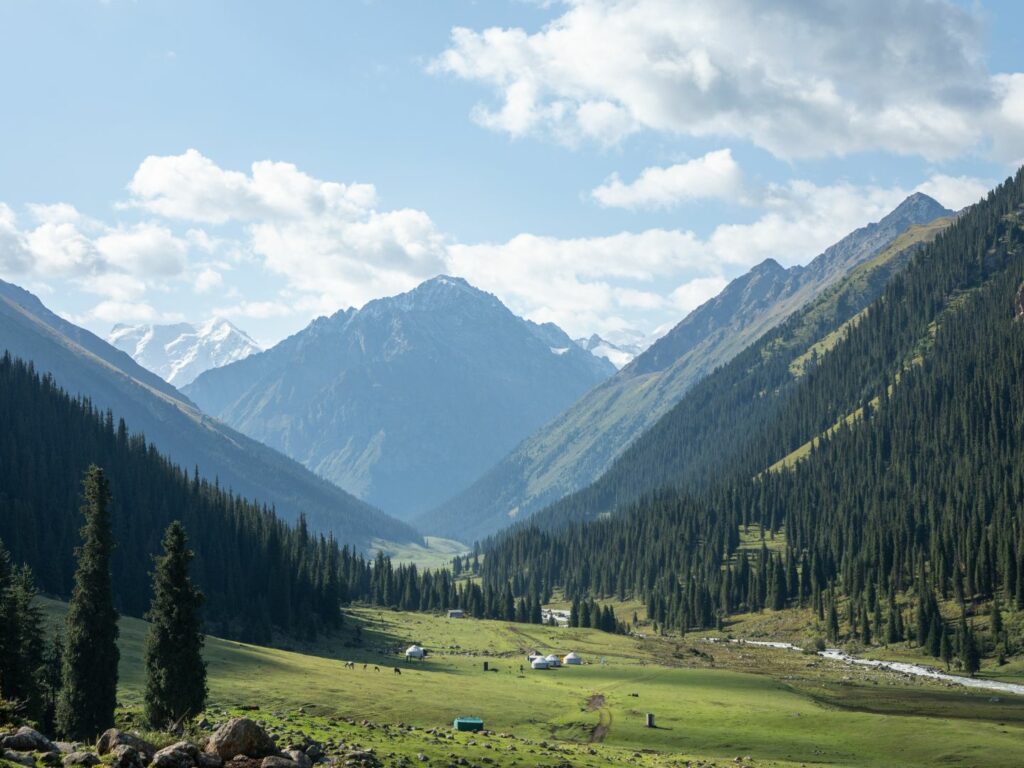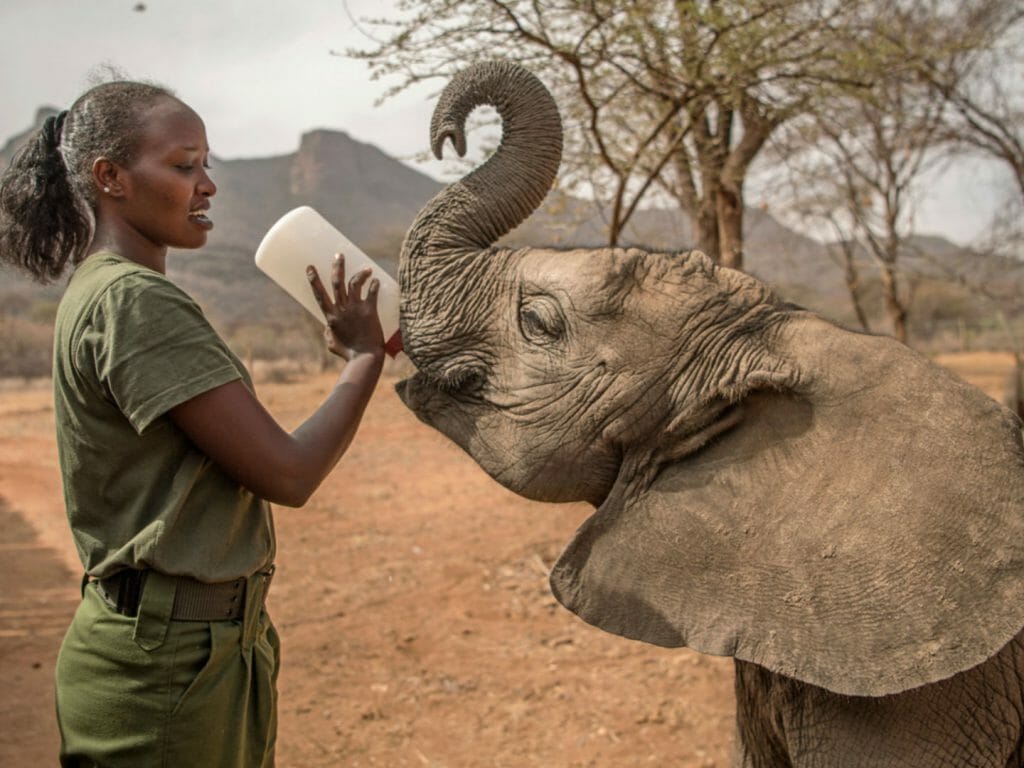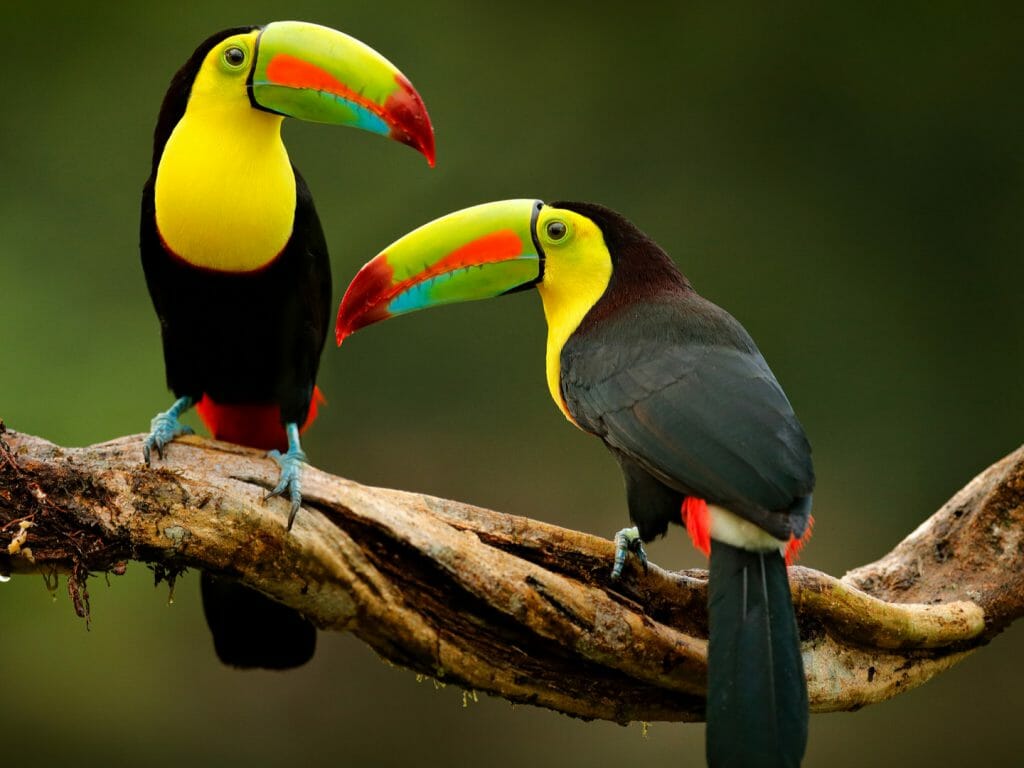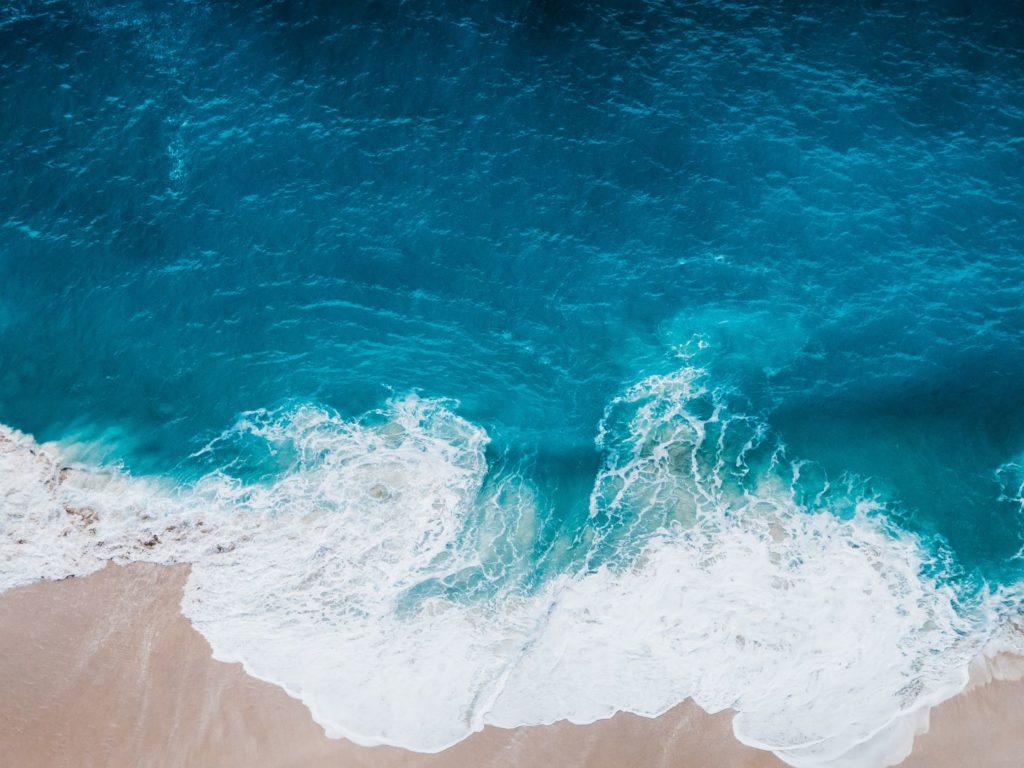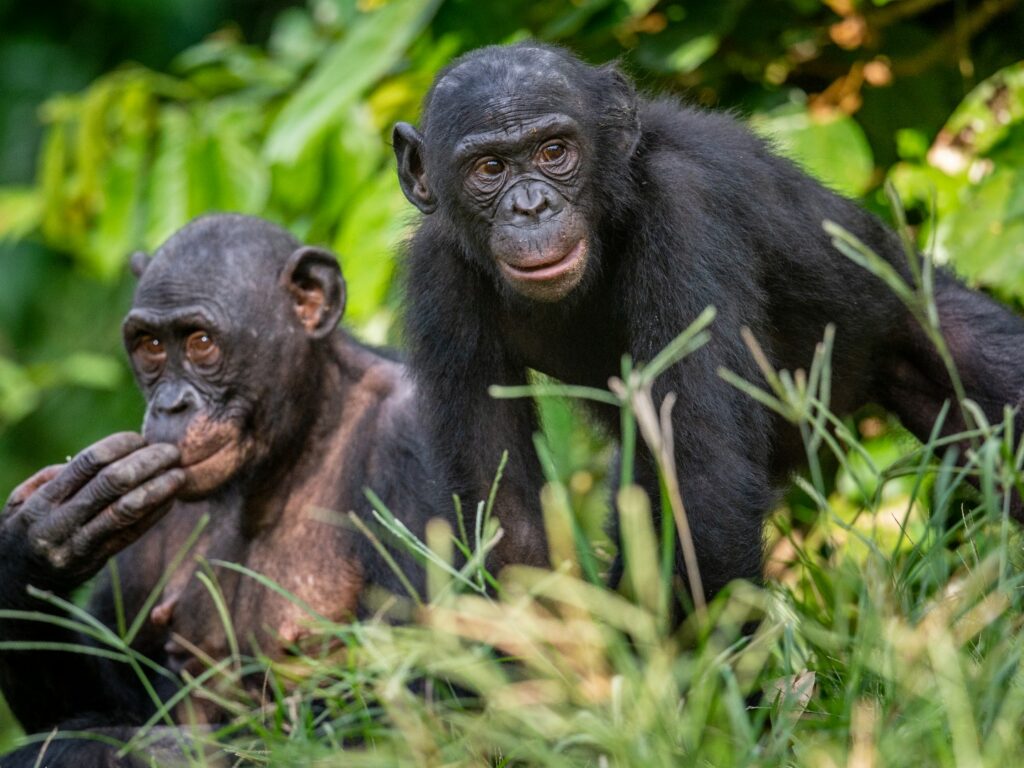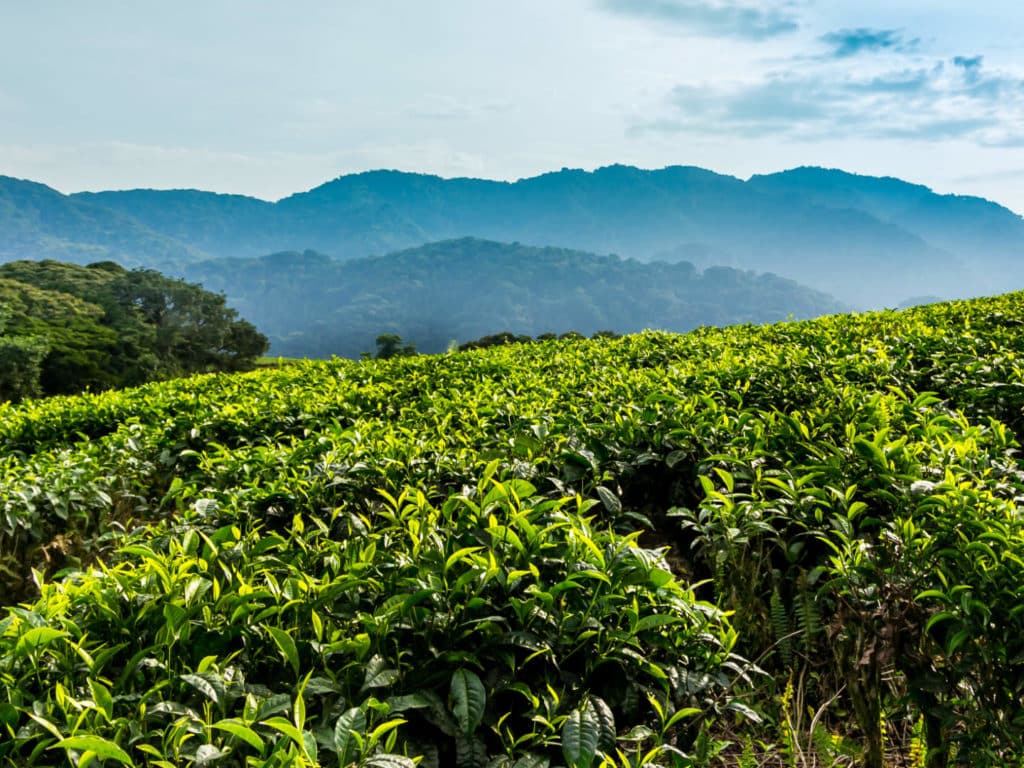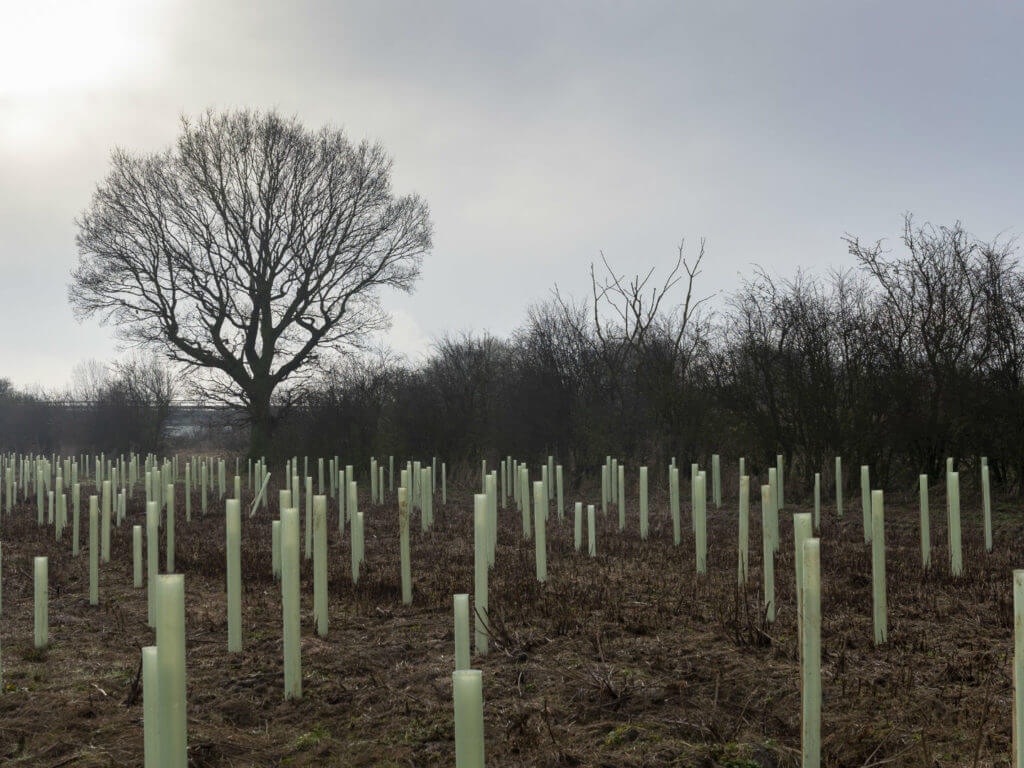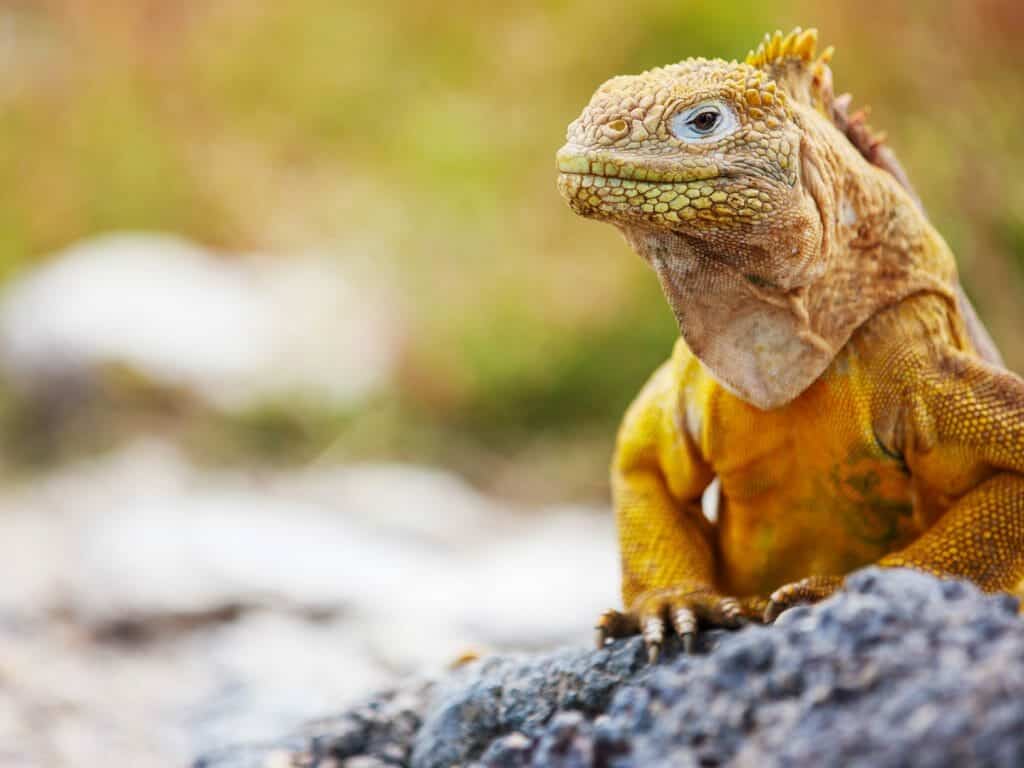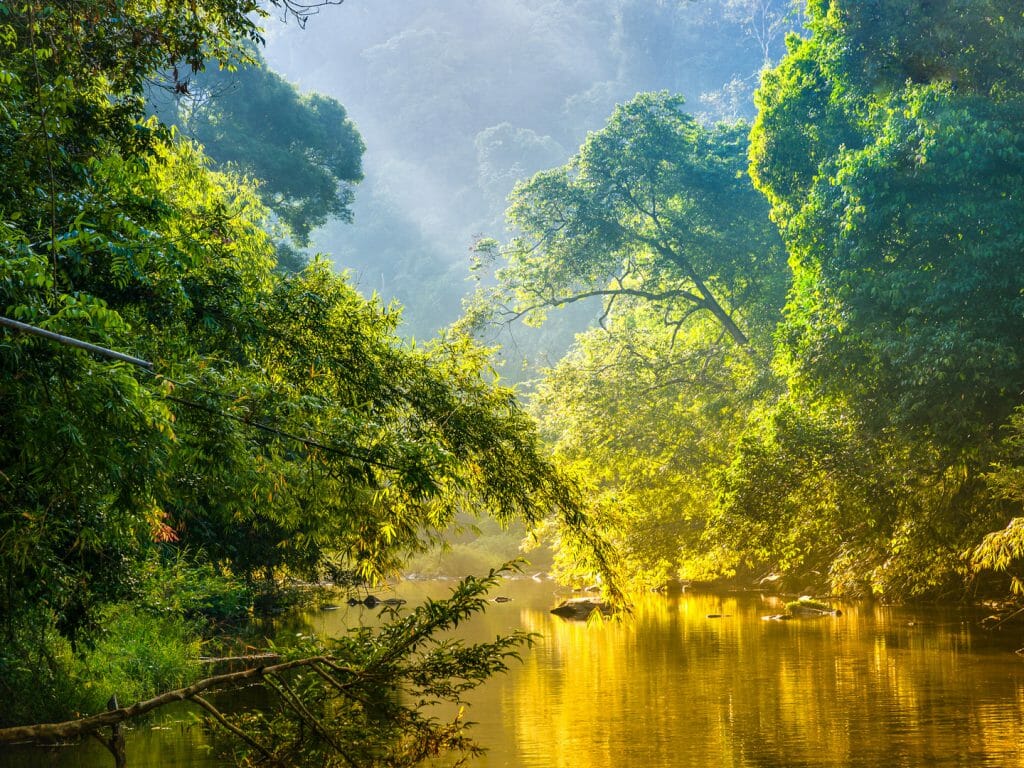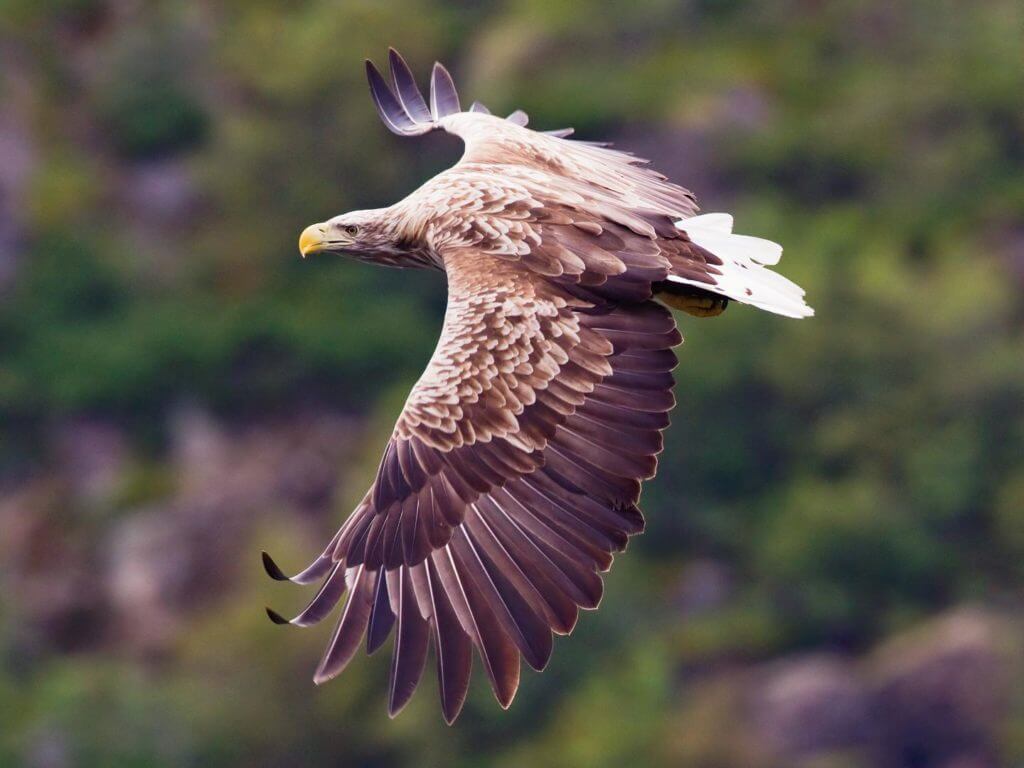When done responsibly, travel can have a real, long-lasting positive impact on the world; on the local communities, wildlife and environment, as well as us as travellers.
By staying at the properties below, you can support incredible and often pioneering work whilst, of course, coming away with your own memories and a great holiday.
The following list isn’t exhaustive, but rather another example of how travel can be a force for good.
Positive Impact Properties
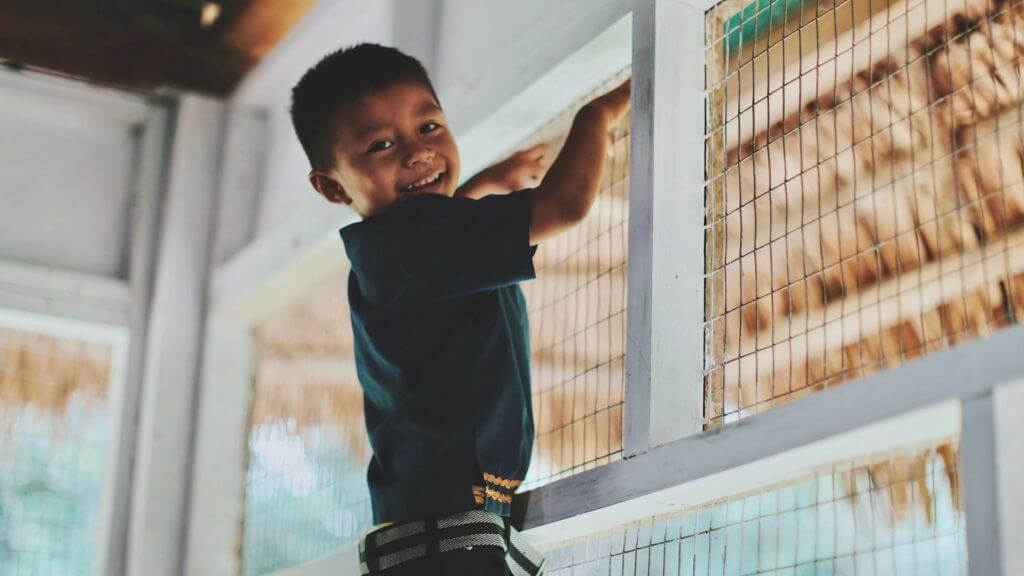
Napo Wildlife Centre, Ecuador
Burrowed in the very core of the Ecuadorean Amazon, Napo Wildlife Centre is a lodge owned and run by the local Kichwa Anangu community. Since they have existed in this territory for more than 500 years, the local Kichwa Anangu people know the forest and its secrets like the backs of their hands. Guests at Napo Wildlife Centre are introduced to the community, located about an hour away by canoe, to learn their ancestral customs and traditional practices.
The community use an eco-tourism model, whereby all proceeds are re-invested into renewable energy, education, and health care. A truly unique project, the community has invested in an advanced wastewater management system to maintain the lagoons, as well as solar panels, industrial batteries and silent generators to provide energy efficiently and with minimal environmental impact.
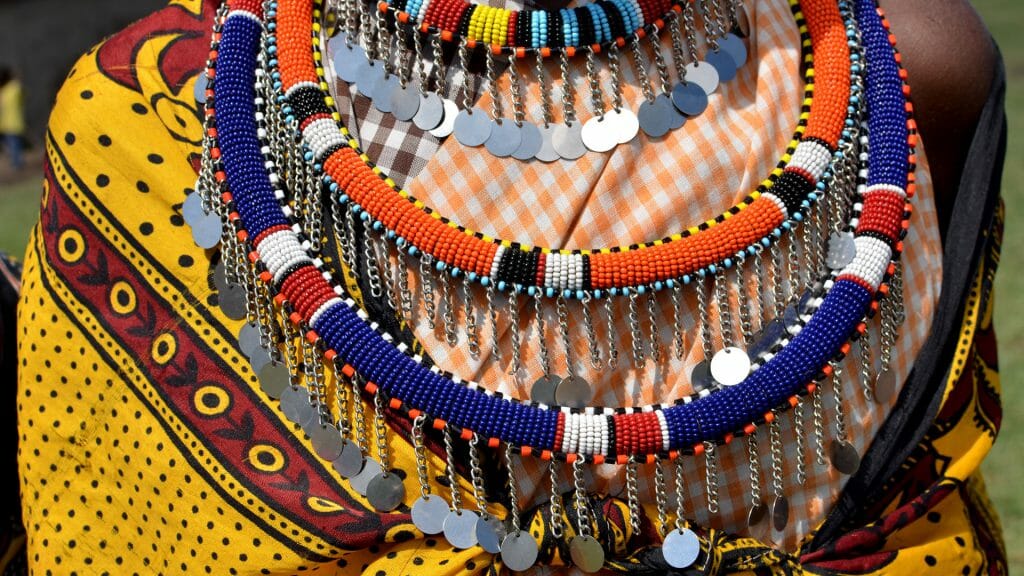
Segera Retreat, Kenya
Fusing luxury with the latest in cutting-edge environmental design, Segera Retreat offers an unforgettably chic safari. Secluded and private, it rests in the wooded savannah and grasslands of the Laikipia Plateau, to the north-west of Mount Kenya.
Segera is inspired by a balance of four core concepts that they call the 4Cs: Conservation, Community, Culture and Commerce. Your stay with them directly helps support their ‘4C’ projects; from solar farms and beading co-operatives to award-winning Waterbank Schools and the female anti-poaching rangers academy. Their mission is to create a beautiful, sustainable relationship between the community, the wildlife, the landscape and the people who want to explore the region – they call this an ‘eco-sphere’.
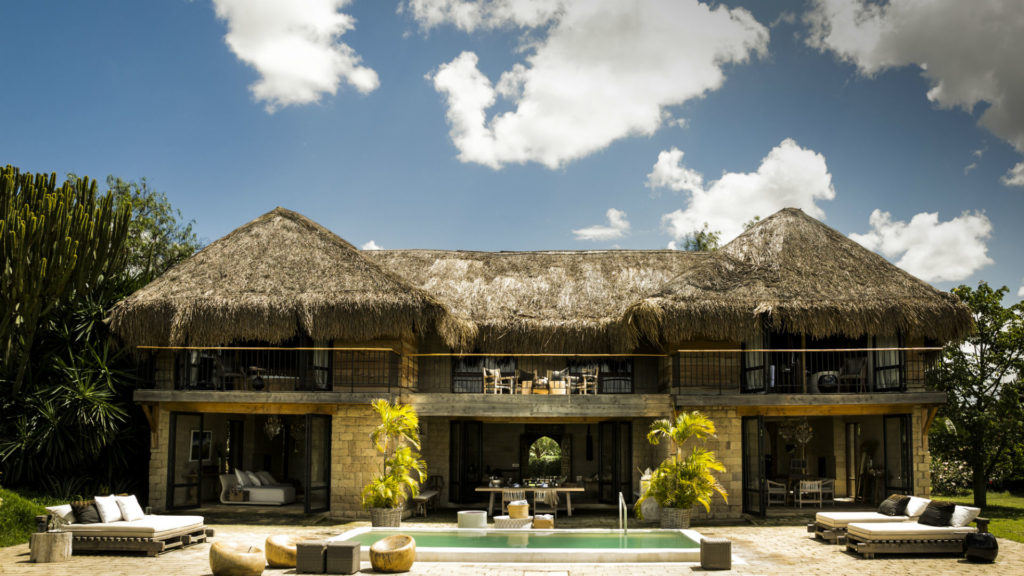
As one of a handful of Global Ecosphere Retreats in Africa, Segera has been recognised as a pioneer in sustainability. The land upon which it was built was once an over-grazed cattle ranch, but now it has been successfully rewilded and is home to a wealth of endemic wildlife. The lodge has also worked with local communities to ensure these animals are protected, training rangers and demonstrating sustainable farming techniques.
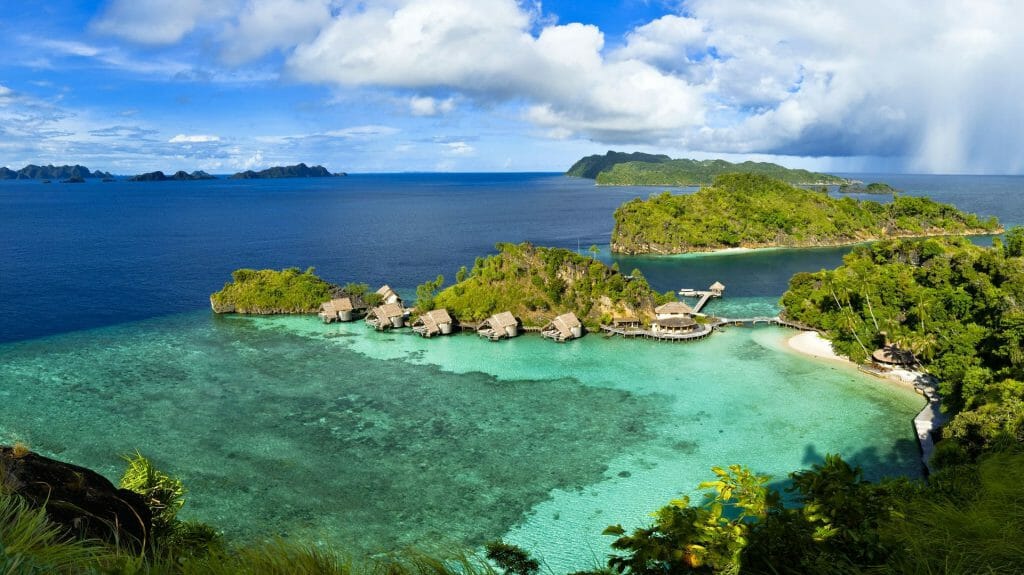
Misool Eco Resort, Indonesia
Misool is a private island resort located in remote southern Raja Ampat, only accessibly by boat. The property sits within some of the most heavily fished waters in the world. In 2005, a powerful partnership between the resort and local communities was established, leading to the creation of the Misool Marine Reserve.
Every stay here helps fund the management and protection of this 1,220-square-kilometre protected area. It comprises two no-take zones – the first in the region – which provide a precious sanctuary for fish and other marine species. At the core of their operation is the belief that sustainable tourism and community-based conservation are mutually beneficial and has a much more positive future than logging, mining, or overfishing.
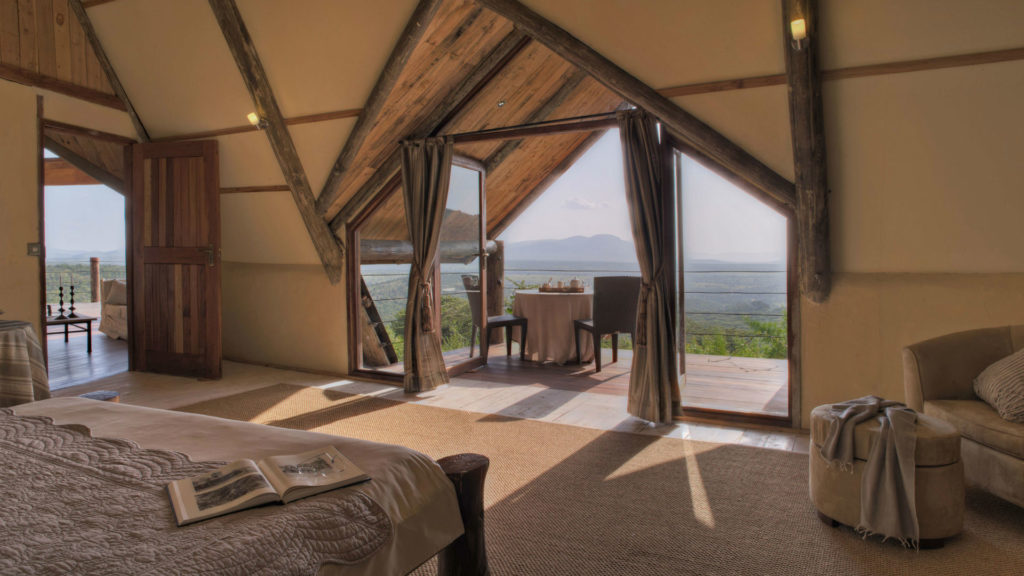
Cottar’s 1920s Camp, Kenya
Cottar’s 1920s Camp is located on the southeastern edge of the Masai Mara in Kenya, close to the border with Tanzania. The camp is all about the family and the history behind it and over the years, the Cottar’s have guided royalty, tycoons and politicians. They remain the first family of the safari business and still know East African adventure better than anyone else.
However, they are equally committed to investing in their communities future. The Cottar’s Wildlife Conservancy Trust (CWCT) has pioneered an innovative model to conserve land through long-term lease agreements in partnership with more than 6,000 individual local landowners. This not only ensures that the land can be re-wilded but also spreads the economic benefits across the wider community, rather than limiting it to a few community leaders. Besides this, the conservancy employs people from the same community to then manage and protect this land, as well as investing in schools, clinics and boreholes in the surrounding areas. Cottar’s aim is to be successful and sustainable for the next 100 years. And, thanks to this innovative approach, the camp is well on the way to ensuring this.
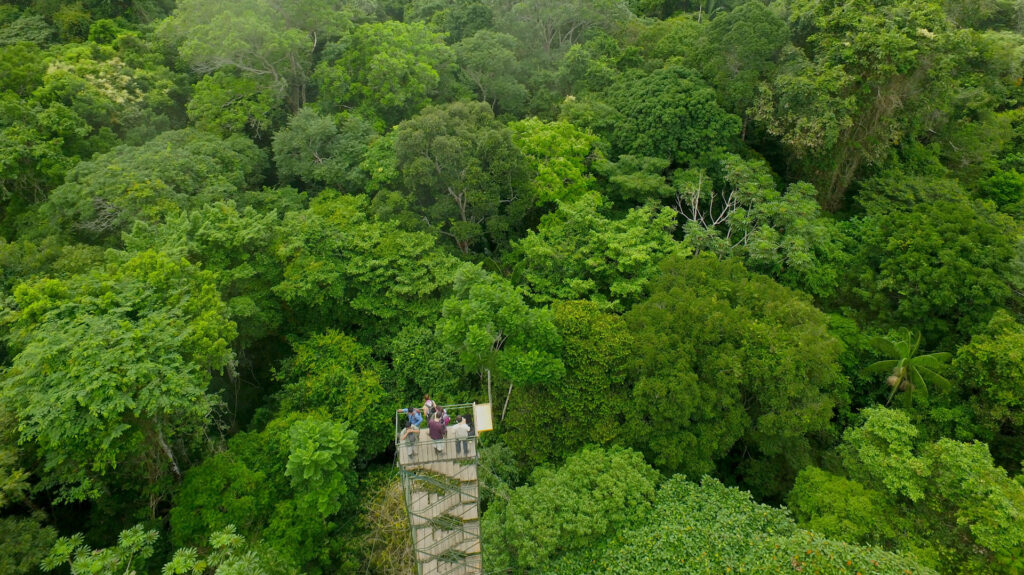
Refugio Amazonas, Peru
Refugio Amazonas in Peru is the headquarters of the Citizen Science program Wired Amazon, which invites guests to be truly involved in conservation and proactive research programmes. These range from learning about animal behaviours to being in with the chance to discover a new species – on average, a guest discovers a new species once a month!
The lodge also works with the surrounding communities of Brazil nut extractors, further extending the benefits of ecotourism to indigenous people who are committed to sustainable uses of the forest.
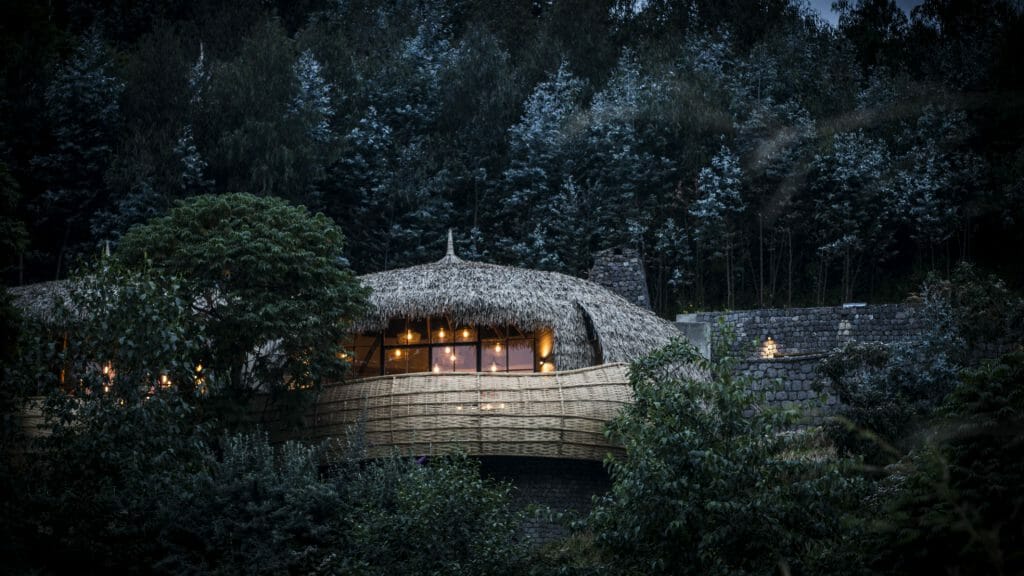
Bisate Lodge, Rwanda
Bisate is located on the southern edge of Volcanoes National Park. It perches on a reforested hillside, surrounded by lush vegetation, perfectly located for gorilla trekking within the park. Although the main focus here is gorilla trekking, Bisate offers trips to the Iby’wacu cultural village, the twin lakes of Buhondo and Burera, the Musanze lava tunnels and Dian Fossey’s grave.
From its inception, Bisate has been founded on the principle of restoring the surrounding ecosystem. Within its first year of operating, more than 20,000 indigenous trees were planted on the lodge’s land, with the eventual aim being the reforestation of the entire 43-hectare reserve. This ambitious project – in a heavily deforested country – is making a significant difference, already providing a habitat for an estimated 15 bird species endemic to the Albertine Rift.
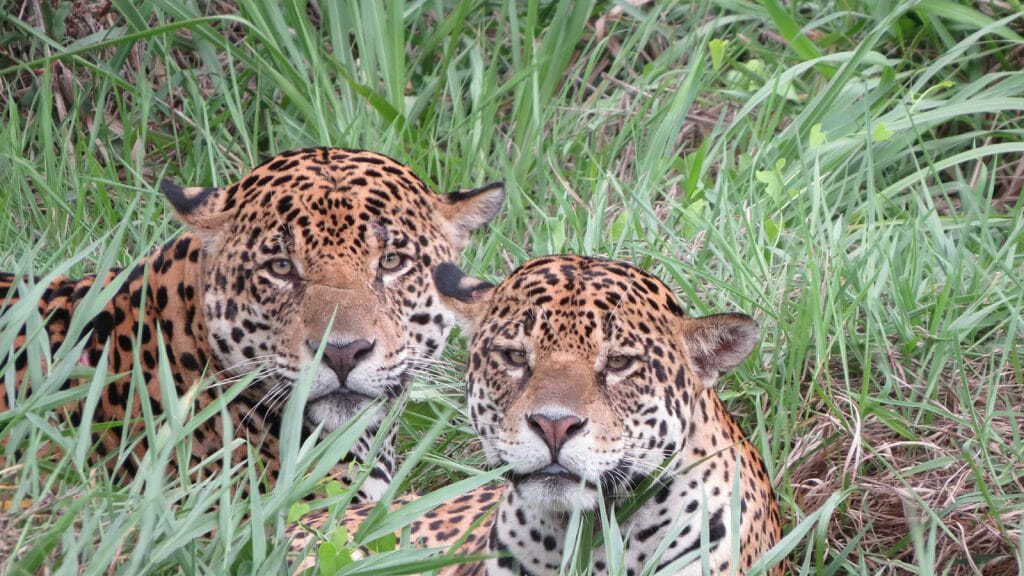
Caiman Ecological Refuge, Brazil
Caiman Ecological Refuge is situated in Brazil’s southern Pantanal and runs a Nature Conservation Programme which maintains a Private Reserve of Natural Patrimony (RPPN) on a 5,600-hectare area supporting research and species management. Successful projects have focused on jaguars, hyacinth macaws, and blue-fronted parrot.
The Oncafari Jaguar Project is the newest conservation project which started five years ago, and is unique in South America. It offers the opportunity to track wild jaguars in safari-style jeeps, allowing travellers to have a great insight into their behaviour. This kind of ecotourism is being used as an important conservation tool, providing a great source of income for landowners and local communities. Dedicated jaguar tracking programmes operate between June and October, with a duration of 3 hours to 3 days. In their last season, 100% of Oncafari guests saw a jaguar.
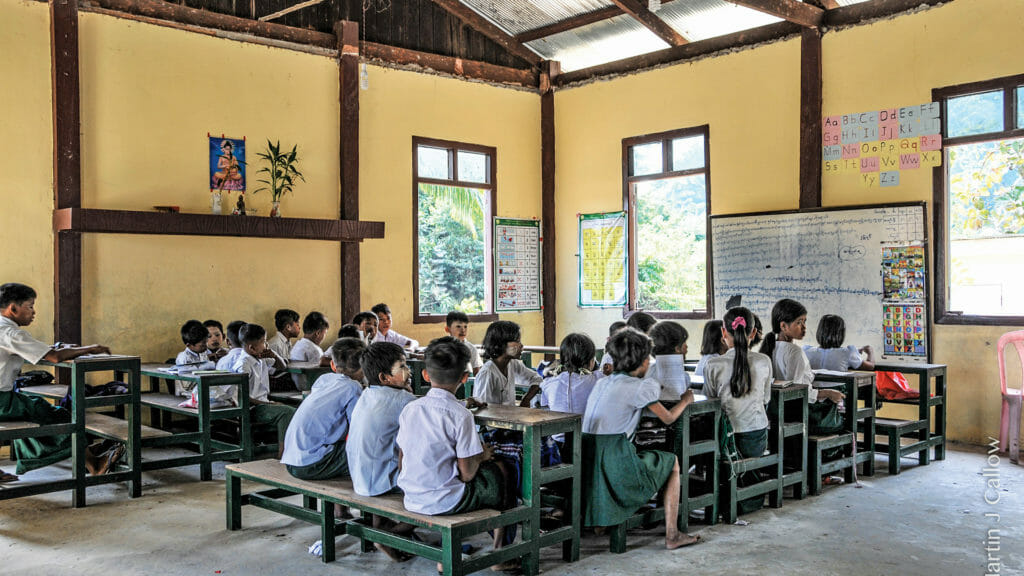
Wa ale Island Resort, Myanmar
Wa Ale, offers the epitome of luxury and comfort, all without impacting the environment in any way; during its build not a single tree was removed.
They created the Lampi Foundation to help fund social welfare and conservation projects in and around the Lampi Marine National Park and one of its most significant projects was the development of the turtle hatchery in the Lampi Marine National Park in 2016 to help provide a safe environment for the green, hawksbill and leatherback turtles that nest on the island of Wa Ale. In the past two years over 40 sea turtle nests have been protected; including the leatherback turtles which were thought to have disappeared completely from Myanmar. With over 100 baby sea turtles per nest, they have saved over 4,000 sea turtles by guarding nests from poaching.
The property has pledged to continue to employ over 100 locals ensuring that through their work they are creating not just employees but importantly, stewards of Lampi Marine National Park.
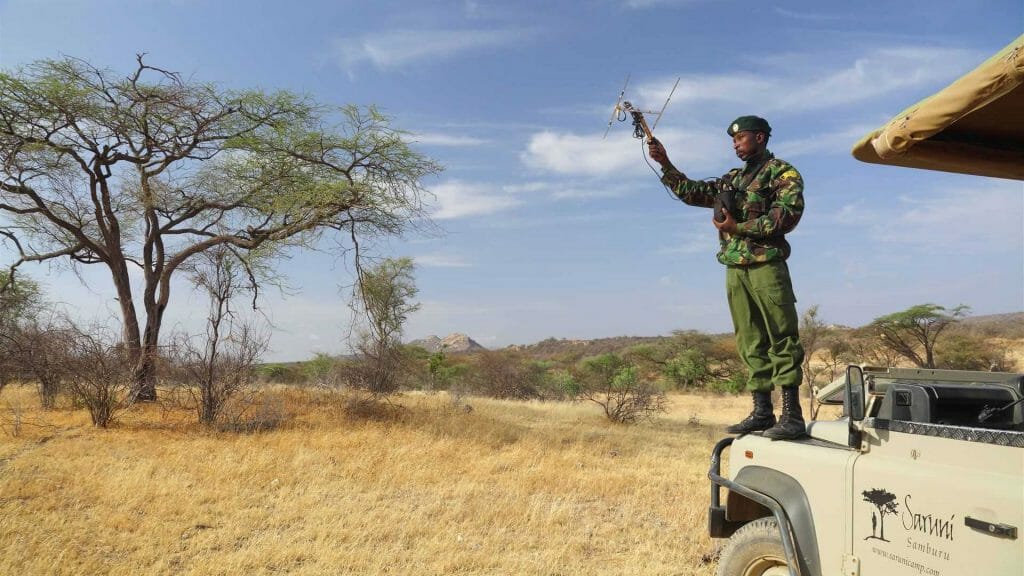
Saruni Rhino, Kenya
Saruni Rhino offers an entirely new on-foot rhino tracking experience in the remote Sera Conservancy. Located in northern Samburu, this community conservancy has set aside a large swathe of territory that is dedicated to rhino conservation.
A small group of relocated northern black rhinos survive here, roaming this arid landscape that is punctuated with dry riverbeds and vast granite extrusions. Tracked using traditional Samburu methods, these endangered animals are closely monitored to ensure their protection. Saruni Rhino is part of a unique conservation project: a rhino sanctuary that is community owned and run. In fact, this sanctuary was the first in Africa to be entirely community owned. The greater Sera Conservancy is home to 16,000 Samburu pastoralists and the success of the project is thanks to their belief in the sustainable benefits that rhino conservation – and ecotourism – bring to local people.
If you have questions or would like to know about more properties making a positive impact around the world then please do get in touch with our experts.


